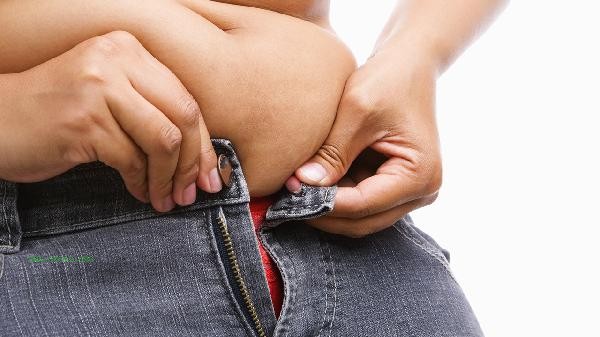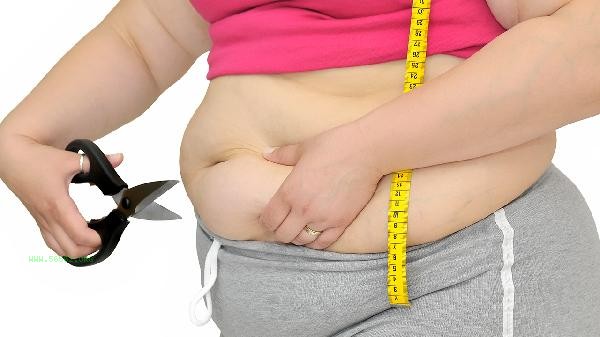The numbers on the weight scale remained unchanged, but the swimming ring on my waist quietly loosened a circle? This may be the happiest worry on the road to weight loss! Many people focus too much on weight changes during the weight loss period, but overlook the true body fat percentage indicator that should be paid attention to. In fact, when muscle mass increases and fat mass decreases, weight may not change much, but the body shape will become noticeably firm. Learning these scientific methods will help you shed excess fat without worrying about numbers.

1. Why is body fat percentage more important than body weight?
1. Body fat percentage reflects true weight and thinness.
Body weight contains various components such as muscles, bones, and water, while body fat percentage directly reflects the proportion of fat. People of the same weight with lower body fat percentage tend to have a more upright and stylish figure.
2. Muscle density is higher than fat density [SEP]. The volume of muscle per kilogram is only about one-third of fat. By increasing muscle mass through exercise, weight may remain unchanged or even increase, but the whole person will look slimmer.
3. Significant differences in basal metabolism
Muscles burn three times more calories per day than fat. Reducing body fat percentage can continuously improve metabolic levels and form a 'lean constitution'.
2. Three Scientific Methods for Reducing Body Fat
1. Strength Training is Essential
Conduct strength training three times a week for 30-40 minutes each time. Multi joint compound movements such as squats, hard pulls, and push ups can stimulate multiple muscle groups simultaneously, resulting in higher fat burning efficiency.
2. Adequate protein intake
1.2-1.5 grams of protein per kilogram of body weight. High quality proteins such as chicken breast, fish, eggs, etc. can protect muscles from loss and enhance satiety.
3. Ensure adequate sleep
Lack of sleep can lead to an increase in cortisol and promote fat accumulation. Ensuring 7-8 hours of high-quality sleep every day helps with the secretion of growth hormone and accelerates fat breakdown.
3. Avoid common misconceptions about reducing body fat
1. Do not overeat
Long term calorie deficit can lead to muscle loss and actually lower metabolic rate. It is recommended to control the daily calorie deficit at 300-500 calories.
2. Aerobic exercise should be moderate
Excessive aerobic exercise may consume muscles. It is recommended to have aerobic exercise no more than 5 times a week, with each session lasting no more than 45 minutes, preferably after strength training.
3. Beware of "hidden sugars"
Foods that may seem healthy, such as fruit juice, yogurt, and salad dressings, actually have astonishing amounts of sugar. Learn to check the nutrition chart and control the intake of added sugars.
4. Correct opening method for body fat management
1. Regular measurement of body fat changes
Home body fat scale data is for reference only. It is recommended to measure once a month with professional instruments to record changes in waist circumference, arm circumference, and other circumference.
2. Adjusting mindset is important
Body fat loss is a gradual process, and losing 1% of body fat per week is the ideal speed. Don't be anxious about short-term fluctuations.
3. Cultivate exercise habits
Find your favorite way of exercising and make it a regular part of your life. Dancing, swimming, and cycling are all good fat burning options.
Remember, the ultimate goal of weight loss is not to reduce the number, but to make the body healthier and the lines more beautiful. When your jeans can be easily fastened without inhaling, and your collarbones are faintly visible in the mirror, these tangible changes are much more meaningful than the jumping numbers on a weight scale! Start adjusting your strategy now and say goodbye to stubborn fat.








Comments (0)
Leave a Comment
No comments yet
Be the first to share your thoughts!